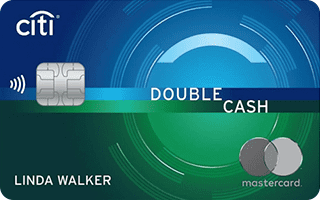Both the Capital One Quicksilver Cash Rewards Credit Card and the Citi Double Cash® Card offer enticing cash back rewards and no annual fees, appealing if you value straightforward earning potential. In the face-off, the Quicksilver card edges ahead with its lower required spend for the welcome bonus and a 0% introductory APR on purchases, which the Citi Double Cash lacks.
But the Citi Double Cash Card's higher cash back rate on all purchases makes it a strong contender, especially for those who prefer a simple rewards structure. Your decision may hinge on whether you value a welcome bonus and introductory purchase APR (Quicksilver) or a higher overall cash back rate (Citi Double Cash).














